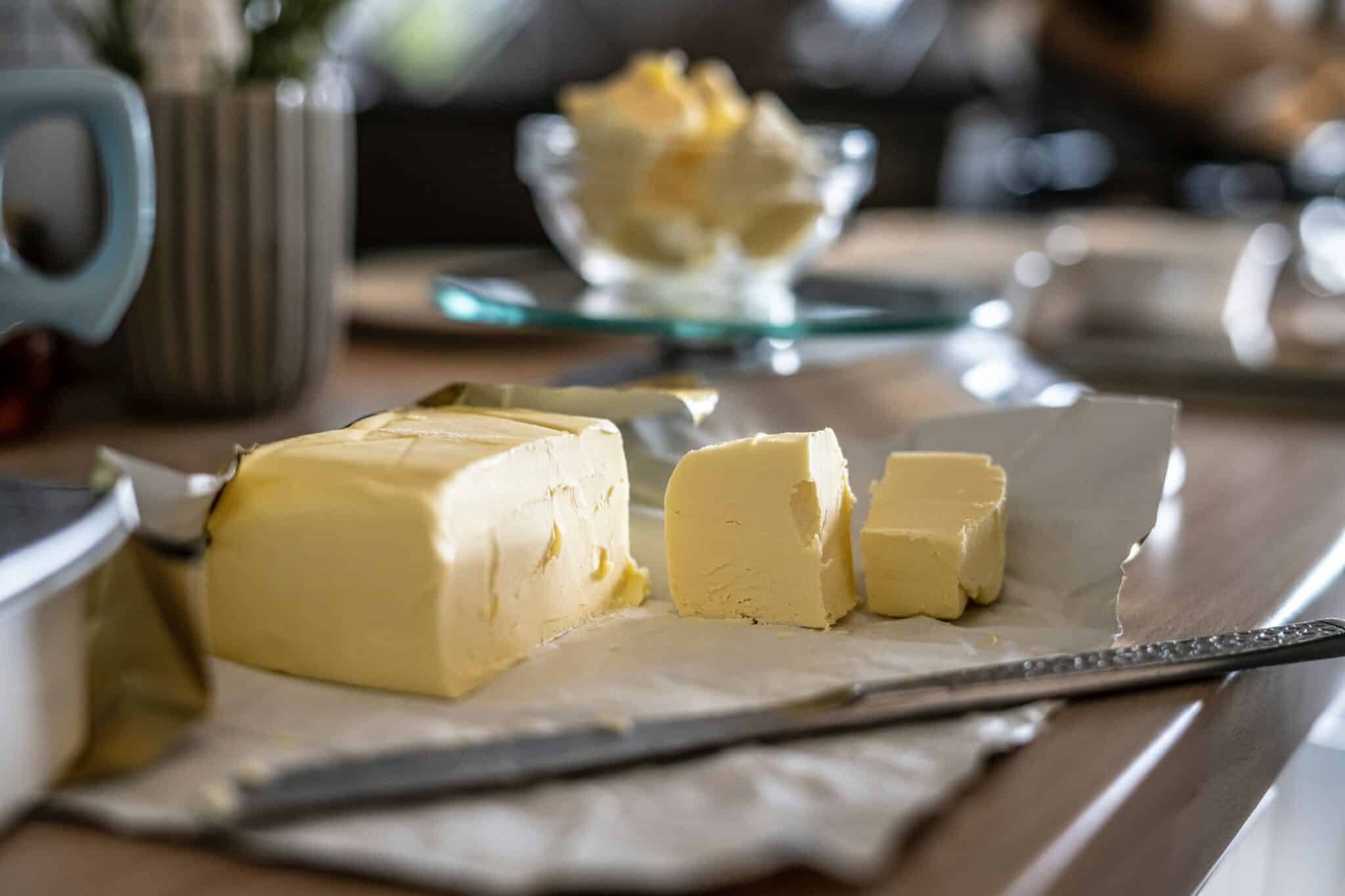Butter is one vital ingredient in most pastries and dessert entries. Plus, the healthier low-fat butter is gaining ground in the market. It is well utilized in today’s cooking by most chefs and cooks around the globe.
Butter nutrition facts
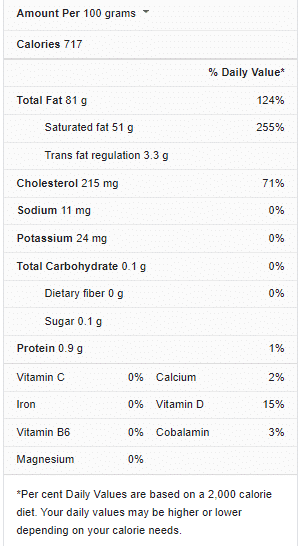
In whatever package it may seem to come, low-fat butter is mostly available in stores around you. Nonetheless, you will still need to consider some great low-fat butter substitutes for days you’re in a pinch. Moreover, butter may not be the healthiest choice in your recipes.
What is low fat butter
Butter is commonly related to being an agent of high trans fat, saturated fat, and cholesterol.
On the other hand, low-fat butter possesses plant sterols and stanols, which actively reduce cholesterol levels, making them healthier versions of regular butter.
This butter is perfect for meals that have to be prepared at high temperatures.
You can use low-fat butter in interesting baking recipes such as pies, cakes, casseroles, and other delectable desserts. It also works well when used with vegetables and baked potatoes.
Notably, low-fat butter is quite low in saturated fats, plus it has no dietary cholesterol. However, it can be found rich in trans fatty acid, reducing the “good” cholesterol levels.
Therefore, you will have to watch out and pay attention to low-fat butter that doesn’t contain trans fat.
Low fat butter uses in recipes
Baking is one of the many great uses for butter. Butter is a leavening agent in baking, which means it aids in the formation of fluffy, light, creamy, and even crispy baked goods. Baked goods would be dry, flat, and flavorless without adding butter (low-fat butter).
See some delectable recipes you can enjoy low-fat butter in:
- Vanilla Cake
- Honey Pound Cake
- Water Cake
- Moist Vanilla Buttermilk Cake
- Rich Butter Cake
- Chocolate Cake
- Carrot Butter
- Low-Fat Butter Chicken
- Healthy Spreadable Butter
- Garlic Butter
- Low-Fat Pumpkin Butter
- Homemade Vegan Butter
- Low-Fat Brownies
- Vegetable Grilled Sandwich
- Crispy Bread Cups
- Banana Apple Porridge
- Toast
- Cinnamon Rolls
- Yogurt Cake
- Flaky Buttermilk Biscuits
- Muffins
Low fat butter substitute
We use butter in baking, cooking, and toasting, but it’s not that ideal for your health or if you’re allergic to dairy.
A low-fat butter substitute can be a good option if you attempt to lose weight or eat healthier to improve your heart health.
Here’s where to go for some excellent low-fat butter alternatives.
Olive oil
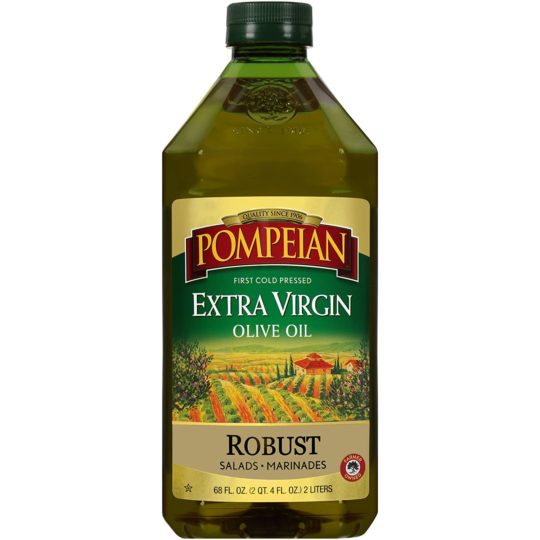
You can easily use olive oil for butter in any dish that calls for stovetop cooking. However, compared to butter, it is advisable to use a bit less olive oil for this reason.
However, olive oil may not always be a viable baking replacement for butter. Some baked foods – such as pancakes – can be made well with olive oil.
Notably, many baked items call for their fat to solidify or revert to a solid state when they cool.
Plus, monounsaturated fat is the predominant form of fat in olive oil, and it may provide health benefits that saturated fat in butter does not.
Monounsaturated fat is also known to lower cholesterol and improve blood sugar regulation, among other things.
Yogurt
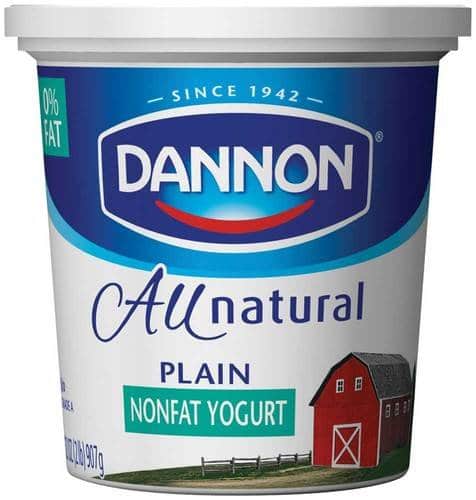
Yogurt is another excellent substitute for butter in your recipes.
One advantage of yogurt, particularly Greek yogurt, is that because it’s thick, it has the same creamy texture as fat, like butter.
Start by substituting yogurt for half of the butter in a dish; the other half should be fat, such as oil.
Replacing butter with yogurt promises to improve the protein content of your meals – a 34-cup serving contains 15 g of protein.
The type of yogurt used and your diet will determine whether yogurt is a healthy decision for you.
Though yogurts can be high in protein, calcium, vitamins, living culture, or probiotics, all of which can help improve the gut flora, these can protect your bones and teeth and help you avoid digestive disorders.
Moreover, on a weight-loss plan, low-fat yogurt can be a good source of protein.
Ghee
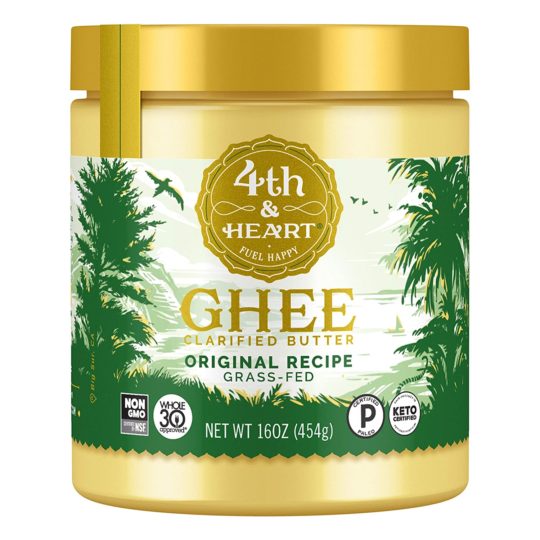
Ghee is clarified butter with a nutty and fragrant flavor.
It can substitute butter in baked items with a robust buttery flavor at a 1:1 ratio.
Ghee works much better as a butter substitute for foods (including bread and cookies) baked at high temperatures and served warm.
Since ghee has more moisture than butter, you might have to adjust the liquid and flour proportions in your recipes.
For centuries, ghee has been a natural food source used for medical and culinary purposes. It has a few culinary advantages over butter, and it’s a better choice if you are allergic to milk or suffer lactose intolerance. There’s hardly any casein or lactose in it.
However, there is no scientific evidence that it is healthier in general than butter.
Frequently asked questions (FAQs)
How much butter can I eat per day?
How much butter can you consume without becoming sick? It is recommended that you consume fewer than 10% of your total daily calories from saturated fat. For example, if you consume 2,000 calories a day, you’ll consume roughly 22 grams of saturated fat, which is equivalent to about three tablespoons (42 grams) of butter.
Is nuttelex a healthier alternative to butter?
With a trans fat content of 0.04 percent or less, Nuttelex is nearly free of it. Nuttelex also has a lower saturated fat content than butter, at 65 percent or less. Furthermore, Nuttelex contains vegetable oils – vegetable oils have a higher content of unsaturated fats.
Is low-fat butter beneficial to your health?
When used in moderation, butter can be a nutritious addition to your diet. It’s high in nutrients like calcium, which helps build bones, and it includes chemicals that have been tied to a lower risk of obesity.
Conclusion
When choosing a fat-free butter substitute, today’s market is flooded with plenty of choices. So whether you are trying to lower cholesterol, lose weight, or cut back on unhealthy fats, you can find a healthy substitute.
Yes, a variety of choices can be used as butter substitutes. However, some may alter the flavor and texture of baked foods, so keep that in mind when effecting the changes to your recipes.
